6. The Girl with all the Gifts (2016)
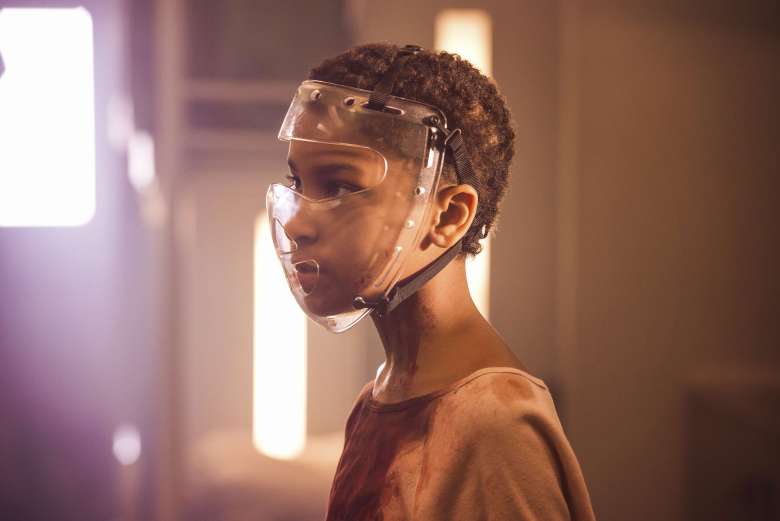
Probably the best British Zombie film after the 28… franchise this marks an extremely worthy if underseen addition to the genre. What’s more the Girl with All the Gifts through its exploration of medical ethics and the scientific detail of zombie transition adds a moral complexity and distinctly sci-fi feel.
The films start with an effectively unsettling first twenty minutes the image of children held captive and restrained offers an intriguing and provocative set up. It turns out one child in particular, Melanie, might just hold the key to finding a vaccine for the fungus-based zombie outbreak slowly infecting the world. However, her ambiguous status between zombie and human offers up a conundrum about who has the right for survival and if a cure is justified if it means taking a conscious life.
The side of the debate the story eventually comes down on is perhaps a surprising one, but every character has strong motivations and there are no easy answers. It is helped along by a both simultaneously dreamy and creepy score by Cristabel Tapia de Veer. An inventive and plucky underdog in an oversaturated genre which pulls off its mid budget ambition in spades.
7. Safety Not Guaranteed (2012)
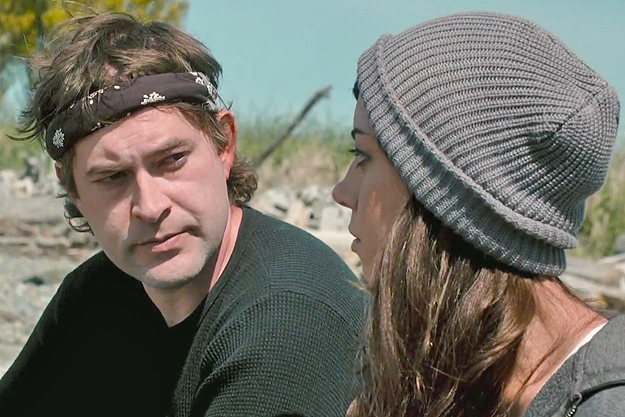
For better or worse the film that launched the career of Colin Trevorrow and fellow collaborator on the rebooted Jurassic Park series screenwriter Derek Connolly. Although that series lost its way spectacularly, the first film was an effective reboot and Connolly’s script for Kong Skull Island is dumb enough fun. Such charms are present in this low-key indie comedy with an intriguing time travel set up.
This has that early 2010s Sundance vibe with wistful indie pop on the soundtrack, male wish fulfilment and some questionable hipster characters. However, the central relationship between Mark Duplass’ wide-eyed loner who believes he has invented time travel and Audrey Plaza’s investigating journalist is sweet and goes in interesting directions. It has perceptive things to say about how one might use the ability to go back in time to address past regrets. It also keeps you guessing throughout to whether Duplass’ character is a nut or a backwoods genius. This and the chemistry between the two leads means it earns a small place within the canon of notable time travel movies.
8. First and Last Men (2017)
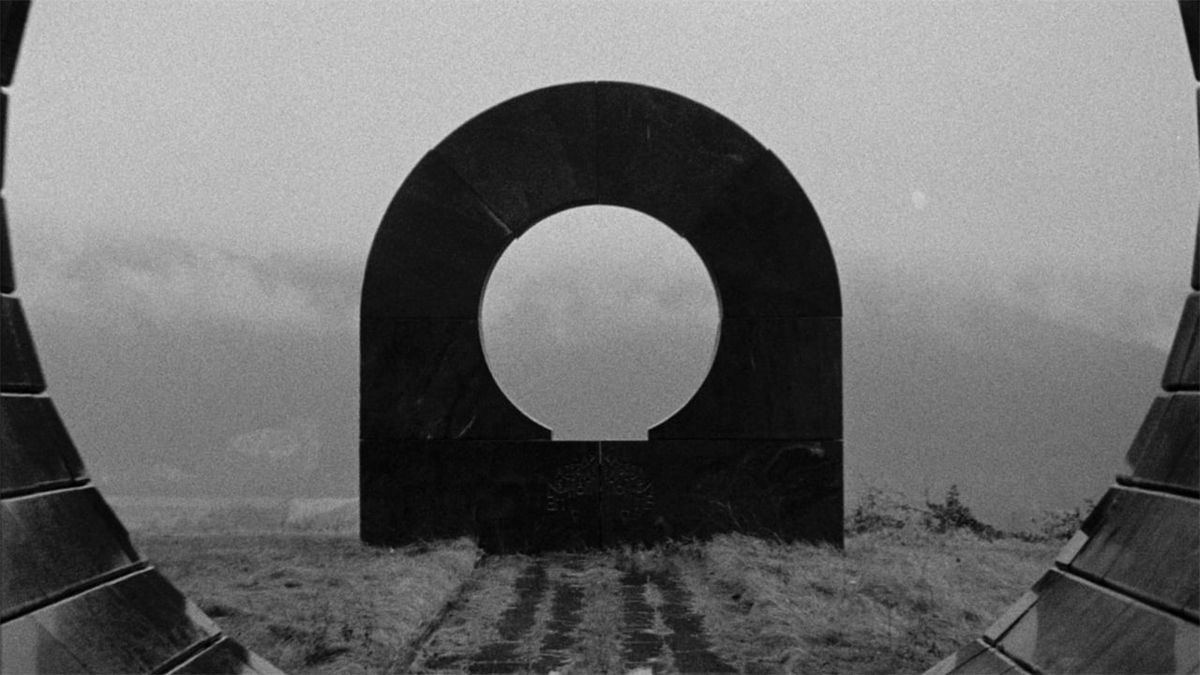
The first and sadly last film from film composer Jóhann Jóhannsson the film both acts as a Eulogy for humanity and a heartfelt one to a true artist. Based on the philosophically epic 1930 novel by Olaf Stapledon charting the extensive future of humanity. Jóhannsson condenses this millenniums spanning work into a seventy-minute tone poem. Shot on black and white 16mm, the camera glides over monolithic structures the remints of the last human civilisation. Along with Johannsson and Yair Elazar Glotman’s shuddering score, Tilda Swinton narratives as an advanced human voice millions of years in the future sending a message back to our current stage of humanity.
It tells of the extensive evolution humanity has undertaken both physically and metaphysically. It is a final message of a species facing ecological and cosmic disaster. A disaster that is inevitable even after we have evolved to live for thousands of years and developed means of communicating over an entire collective consciousness. First and Last Men makes for a mediative yet thought provoking sci-fi, presented with mesmerizingly radicle formalism.
9. High Rise (2015)
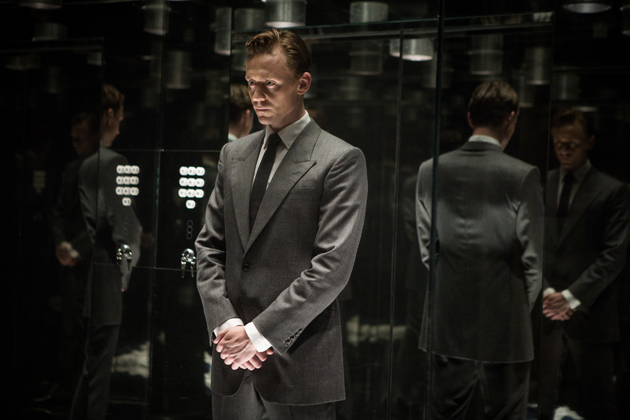
A cinematic adaptation of J G Ballard’s tale of the different levels of the bourgeois tearing each other apart was a long time in the works. For many years David Cronenberg, as a director with experience in films about strange happenings in modernist tower blocks, struggled to get a version off the ground. Finally, the novel came home to British director Ben Wheatly who along with screenwriter Amy Jump achieved a movie version in 2015. It was strangely prescient that the film was released the year before both the Trump and Brexit votes, foreshadowing a collapse in civil discourse and emerging division and unrest.
Wheatly along with cinematographer Laurie Rose depicts such societal degradation with a kaleidoscopically hallucinogenic intensity. This technique helps imply the fracturing sense of looking forward to a modernist utopia while being pulled back into our more primal instincts. However, as a result we do loose quite a bit of narrative cohesion as the story turns into a struggle between those at the bottom and those at the top of the monolithic ‘high rise’. The cast is mostly strong with stand outs being Sienna Miller’s mercurial version of a 1970s ‘liberated woman’, Elizabeth Moss as a put-upon housewife about to snap and Luke Owens as her brutish filmmaker husband. Tom Hiddleston does a convincing job as our charming yet smarmily detached antihero. A meaty slice of allegorical retrofuturism.
10. Until the End of the World (1991)
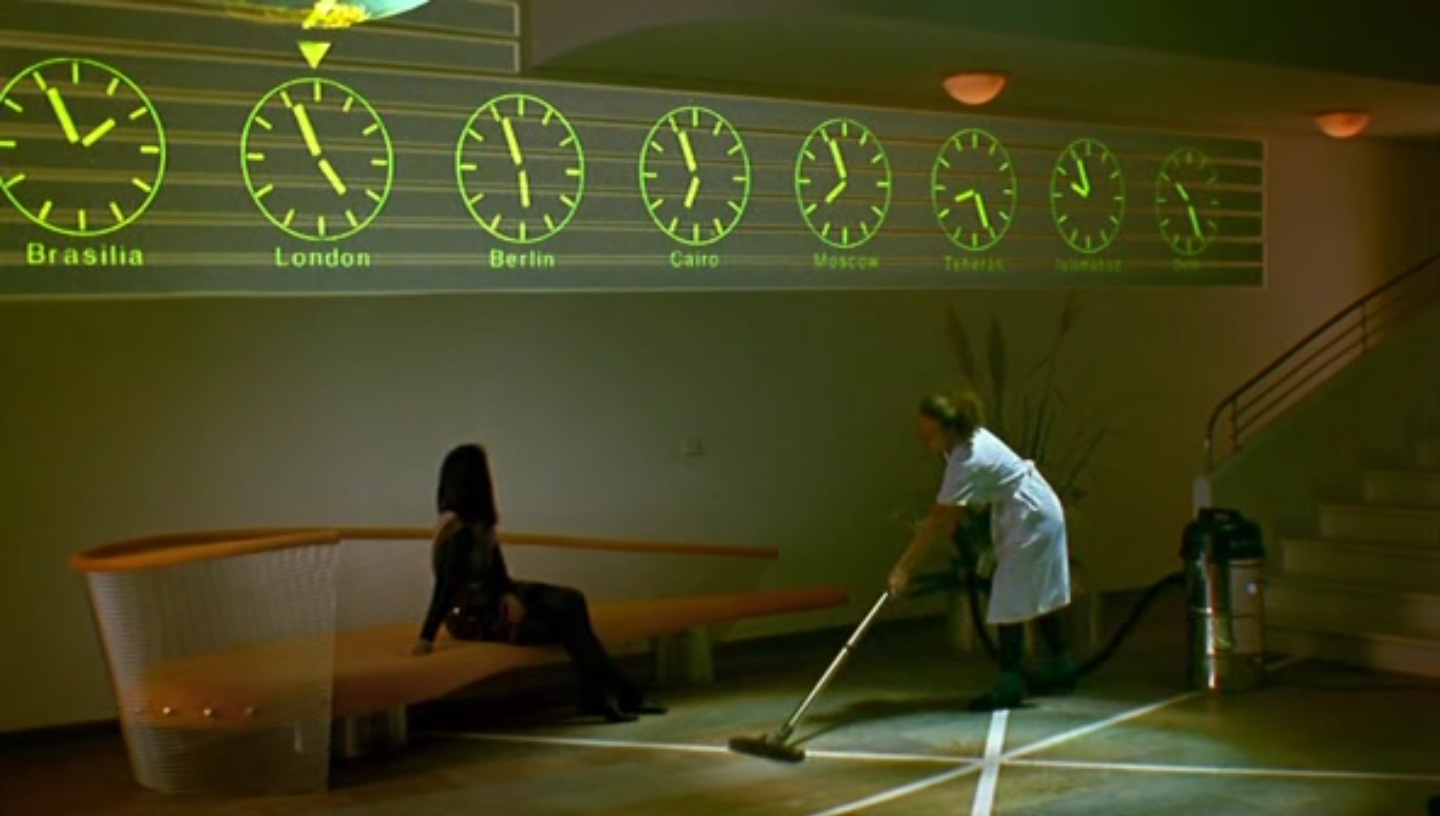
With Until the End of the World director Wim Wenders set out to make the ultimate road movie. With a runtime of 287 minutes in its directors cut and a story that spans countries and continents he may have just succeeded. What’s more he created a compelling and convincing piece of science-fiction cinema.
Made in 1991 but looking forward to the turn of the millennium the plot concerns a camera that can capture images that a blind person will be able to see. Transporting this camera back to his inventor father and blind mother is William Hurt’s Sam Faber, on the run from the American tech company that stole the device. An aimless young woman Claire becomes entangled into this neo-noir inflected continental chase when she runs into Sam and begins to fall in love. Hanging over these events is the impending destruction of a rouge satellite using a nuclear warhead, a potential “End of the World”.
Most interestingly once they get to their destination it is discovered the technology has the potential to visualise dreams themselves. Through this development we see the dangers of becoming addicted to images and devices that reflect your desires back to you. In the words of one character the world might end in a “disease of images” that there is no cure for “all the false images she had absorbed”. As such the film somewhat predicts our own technological addictions and the numbing narcissism that can result. As this is a Wenders film it is full of stylish production design and costumes as well as a rocking soundtrack featuring artists from the Talking Head to R.E.M. Sci-Fi has never been this freewheelingly chic or sounded this good.